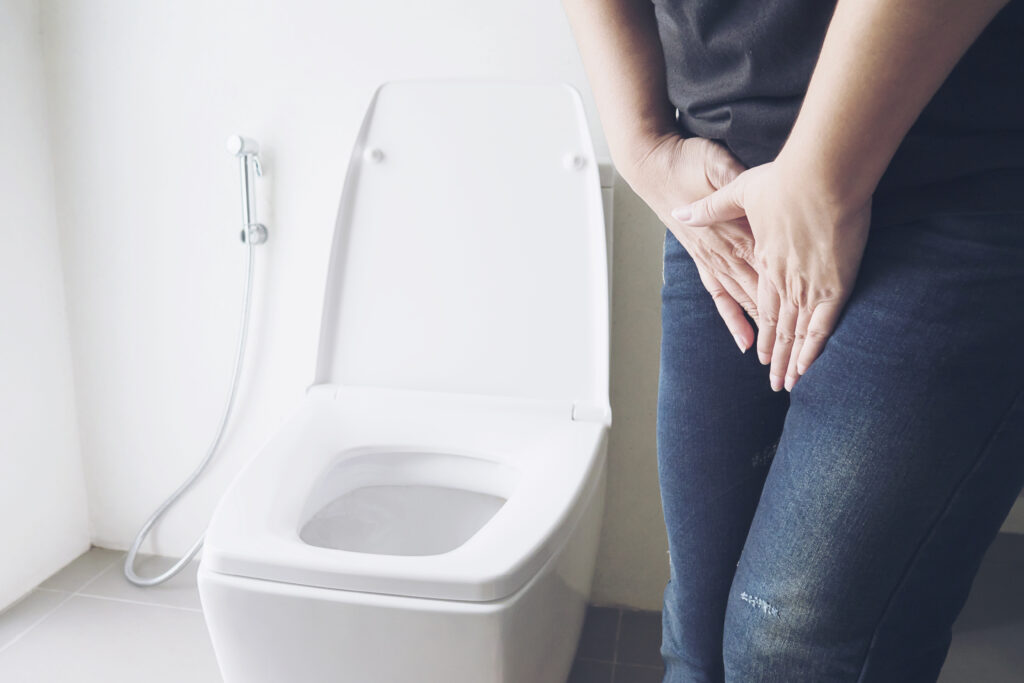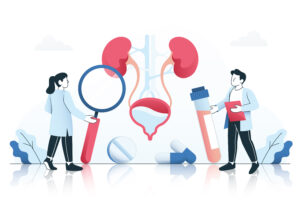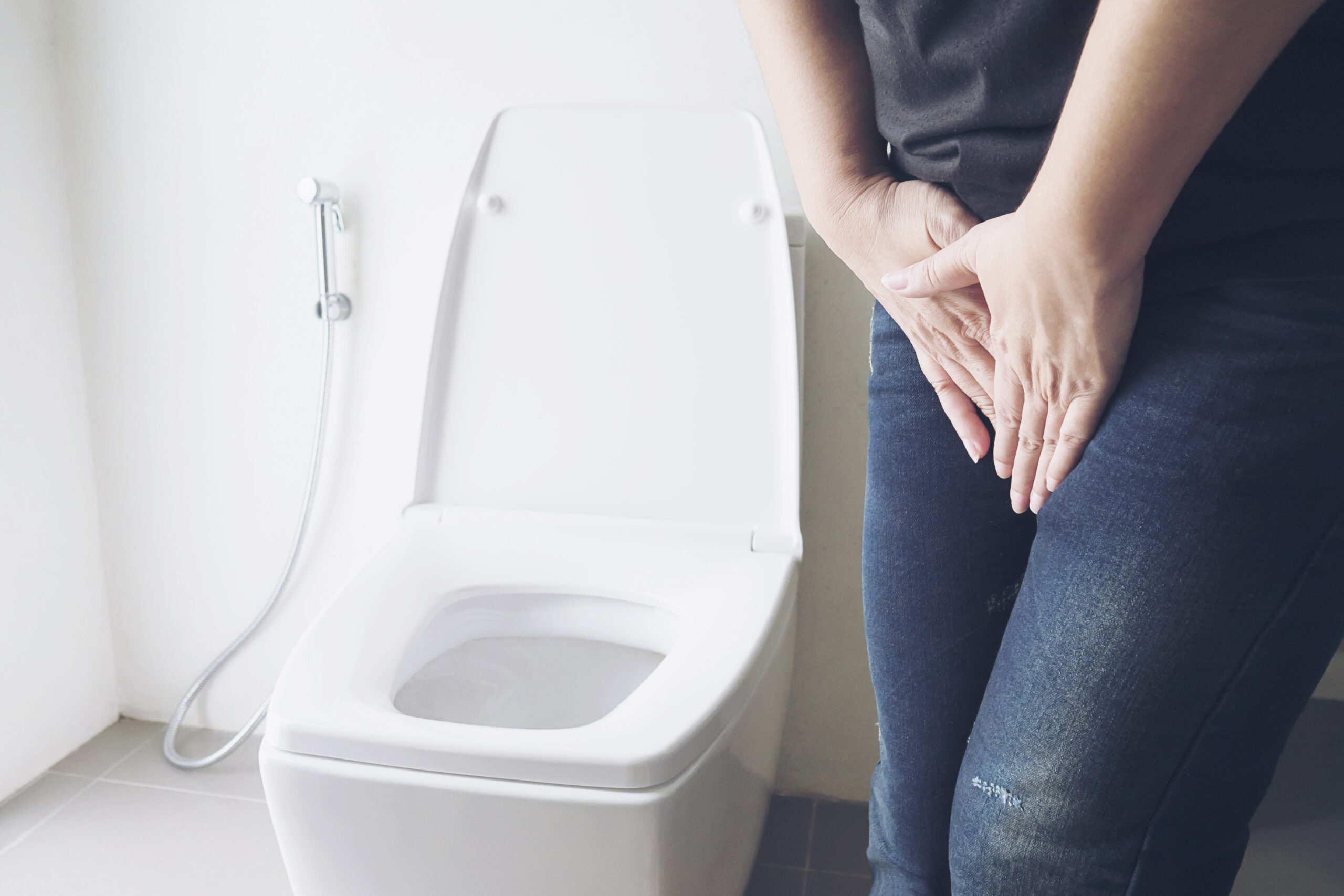The bladder is a hollow organ that stores urine and has a balloon shape. Furthermore it is positioned in the lower part of the abdomen and has a muscular wall that can stretch to store urine and constrict to evacuate urine. The abnormal proliferation of cells in the bladder is called bladder carcinoma and it is one of the most common urological cancers in the world.

Types of Bladder Carcinoma
There are commonly three types of bladder carcinoma.
- Urothelial carcinoma occurs mainly due to the proliferation of transitional cells that line the bladder, ureters, urethra, and most of the urinary tract. This is also the commonest type of bladder cancer.
- Squamous cell carcinoma occurs due to the abnormal proliferation of squamous cells. This happens due to long-term irritation which is caused most commonly due to parasite infections such as Schistosomiasis which can cause abnormal proliferation of transitional epithelial cells into squamous cells. Pure squamous cell carcinoma is rare and normally they occur with a mixture of urothelial origin as well.
- Adenocarcinoma occurs due to the abnormal proliferation of glandular cells which secrete mucous and other substances.
There are also two types classified according to the spread of cancer.
- Muscle invasive – This type is uncommon. It includes cancers that spread beyond the bladder wall extending up to muscles and beyond them in the bladder wall.
- Non-muscle is invasive – This is the common type. It involves cancers that don’t spread up to the muscle layer and remain confined to the superficial layers of the bladder wall.
Risk Factors
- Cigarette smoking is the main risk factor, which is identified among 40% of patients who have been diagnosed to be having bladder cancer.
- Long-term exposure to carcinogenic chemicals such as 2-naphthylamine, 4-aminobiphenyl; benzidine; chlornaphazine; 4-chloro-o-toluidine; benzidine-derived azo dyes, etc.
- Certain occupations which cause risky exposure to carcinogens as textile workers; dye workers; tire rubber and cable workers; petrol workers; leather workers; shoe manufacturers and cleaners; painters; hairdressers; lorry drivers; drill press operators; chemical workers; rodent exterminators and sewage workers.
- Men are more predisposed than women.
- White people are more prone to get bladder cancer than Black people.
- Aging population
- Drinking water that has exposure to arsenic or water which has been chlorinated
- Having a family history of bladder cancer
- Being catheterized for a prolonged duration of time
- Parasite infections such as Schistosomiasis
Clinical Features of Bladder Carcinoma

- Painless passing of blood with urine is the commonest presentation.
- Constant pain in the pelvis.
- Frequency and discomfort associated with urination
- Pain in the loin or pyelonephritis may indicate ureteric obstruction and hydronephrosis.
- A late manifestation is nerve involvement causing pain referred to the suprapubic region, groins, perineum, anus, and into the thighs.
Diagnosis of Bladder Carcinoma
Initially, your doctor will ask specific questions about the history of your presentation to identify your risk factors or the possibility of having bladder carcinoma. After that you will be subjected to a few special investigations to arrive at the diagnosis.
Urine tests such as culture and cytology for the identification of cancerous cells.
Blood investigations for hemoglobin, serum electrolytes, urea, CT, MRI, IV urography, or ultrasonography are a few such investigations. Cystourethroscopy is the mainstay of diagnosis which involves the inspection of the ureter and bladder for any malignant features.
Management of Bladder Carcinoma
The treatment method varies depending on the type of bladder cancer.
- Non-muscle-invasive bladder cancer can be removed separately without affecting the rest of the bladder and it can be done by a surgical technique called transurethral resection of a bladder tumor (TURBT). This procedure can be followed by chemotherapy to reduce the risk of recurrence.
- High-risk non-muscle-invasive bladder cancers and muscle-invasive bladder cancers are treated through surgical removal of the bladder in an operation known as a cystectomy. After the bladder is removed an artificial method of collecting urine will be created by making an opening in the abdomen. So urine can be passed into an external bag, or by constructing a new bladder out of a section of the bowel. If you are not willing to do surgery you can be treated through a course of radiotherapy as well.
Lifestyle Management for Better Prognosis
- Quitting smoking can increase healing after surgery and can make your body more responsive to treatment to reduce the recurrence.
- As the medication given for cancer can predispose you to get more infections, it is important to follow possible precautions to reduce getting infections. As example, washing hands thoroughly and often while using hand sanitizer, avoiding crowds, especially during cold and flu seasons, cleaning and disinfecting surfaces often and getting vaccines at it as advised by doctors.
- Having a healthy diet with balanced nutrition can improve tissue healing and give you a speedy recovery
- Exercising regularly can help to improve overall fitness, boost your energy levels and make the immune system work better to fight against the cancer.
- Getting help from others and planning your work can manage tiredness and give you some time to rest.
- Support from family, friends, religious groups, social support groups, and counselors can help you maintain a good mood and help you fight the cancer.

References
- Bailey and Love’s Short Practice of Surgery- 27th Edition
- Kumar and Clerk’s Clinical Medicine -8th Edition- Parveen Kumar, Michael Clark
- Oxford Handbook of Clinical Medicine – 10th Edition
- Browse’s Introduction to the Symptoms and Signs of Surgical Disease – 4th Edition – Norman L. Browse, John Black, Kevin G. Burnand and William E.G. Thomas
- Image by jcomp on Freepik
- Image by pikisuperstar on Freepik

